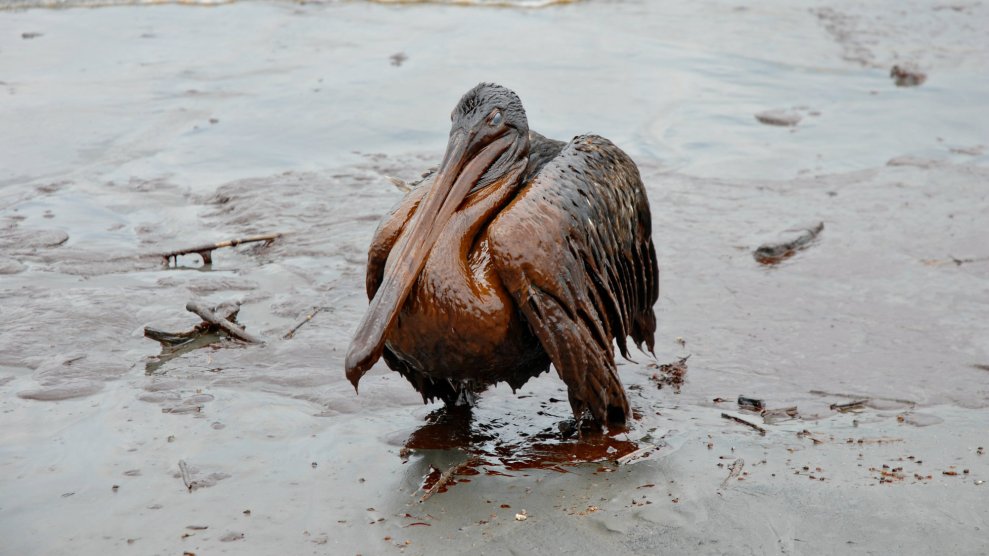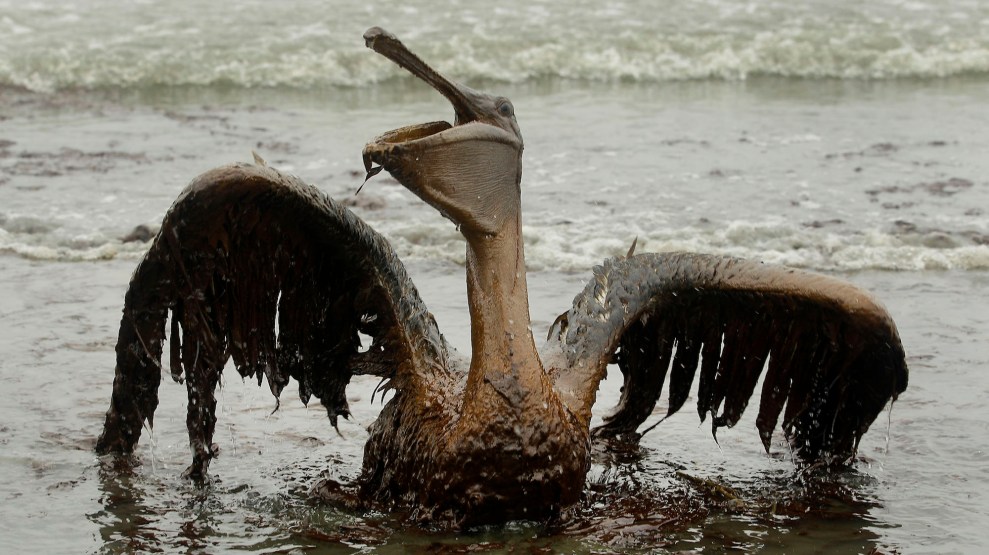Every year, millions of bird watchers flock to national parks searching for numerous avian species. But in the coming decades, some of the birds they identify may be newcomers. The effects of climate change have already shifted habitats for many birds, and new research reveals how national parks will increasingly serve as crucial refuges.
The new study, published Wednesday in the Public Library of Science’s peer-reviewed journal PLOS ONE, finds under both optimistic and more dire climate change scenarios, over 60 percent of national parks may provide homes for a greater number of bird species than they ever have. In summer, the climate is projected to become suitable for an average of 23 species not currently seen in each park, and in the winter, an average of 42 species. Conversely, climate changes will also make each park potentially unsuitable for 17 species on average in summer, and 10 species in the winter.
“The national parks are as protected as can be, but they are still prone to the effects of climate change,” Joanna Wu, the first author of the study and a biologist at the National Audubon Society said. But she noted that these findings could be seen as a positive counterpoint to the “doom and gloom” trajectory that usually accompanies climate change discussions: “We find that national parks have the potential to see more species colonization, and I thought that was encouraging.”
Previous research has suggested that one in five bird species has already been negatively affected by climate change in at least some portion of its range, and that 24 to 50 percent of birds are highly vulnerable to climate change in the future.
Wu and the other researchers looked at the “climate suitability” for various species of birds in 274 national parks by the middle of the century under two climate change scenarios. The first was a high emissions scenario (known as RCP8.5) which is roughly consistent with current greenhouse gas emission rates. The second (RCP2.5) is a lower-emission pathway, widely seen as a “best-case scenario” for reducing greenhouse gas emissions.
For this new study, the researchers used tools—known as “species distribution models”—for predicting the locations of different species, in order to understand how bird populations could be affected during the summer and winter by different climate change scenarios. Climate models classified the parks based on whether they are slated to be improving, worsening, or stable habitats for 513 bird species. The bird data came from decades of observations collected in the North American Breeding Bird Survey and the Audubon Christmas Bird Count.
The researchers also looked at whether these changes could potentially cause different species to leave the area, or new species to stay and colonize. “Canary in a coal mine” reflects a reality, as Wu explained scientists consider birds particularly useful indicators of ecological change, in part because they are highly mobile and respond to seasonal signals to migrate.
“Parks are really well protected places, where there aren’t a lot of conflicting management objectives,” said Gregor Schuurman, an adaptation ecologist with the National Park Service Climate Change Response Program, and an author on the new research. “This is an opportunity to help birds use parks as safe places as they respond to these changes.”
On average, across summer and winter, parks might see a 23 percent species turnover under the more severe climate change scenario. That means up to nearly a quarter of all bird species may change in a given park, with the highest rates of species change expected to occur in the Midwest and Northeast.
As the climate warms, birds may increasingly find suitable conditions year-round in parks they currently only inhabit in the summer. Wu pointed out that these changes could impact bird breeding patterns; for example, the Boreal Chickadee, also known as the Acadian Chickadee, may stop breeding in Acadia National Park in Maine. And Wu noted, “as winters start to get warm, some birds may stop migrating and stay in the parks instead.” By 2050, for instance, the Common Yellowthroat (Geothlypis trichas) that now migrates to 48 different parks in the spring and summer is projected remain in them throughout the milder winters.
“It’s not a surprise that when climate changes, where bird species live changes,” said Schuurman, noting these findings do mean “we need to think about climate sensitivity when we make our conservation decisions.”
While other factors will also influence birds’ ranges, climate change is a “powerful governor” and future warming is expected to change when and where humans visit the parks, too. “The challenge becomes, how do we carry out conservation and be a steward of our resources when our resources are moving targets?” he said.
Meanwhile, the Trump administration has taken steps that critics call a “war” on national parks. Last year, President Trump and Department of the Interior Secretary Ryan Zinke drastically shrunk the area of Bears Ears and Grand Staircase-Escalante National Monuments, and Trump’s proposed budget would cut funds for NPS by 7 percent and eliminate the jobs of almost two thousand park rangers.
Schuurman noted that budget concerns may limit each park’s ability to implement new conservation strategies, but NPS is responsible for understanding and responding to threats to the country’s national resources.
“There’s a lot of volatility around what we do. There’s a lot of politics,” he said “Within our domain, we hear from parks about climate change and climate change impacts. We have for years. These are real threats to the resources in parks.” But he added, “We are doing our job, as Congress asked us to do over a hundred years ago.”
The Interior Department has also recently succumbed to industry pressure to weaken protections for birds. In December, the department changed how it interprets the Migratory Bird Treaty Act, which since the 1970s has been used to prosecute and fine companies that inadvertently kill birds. Under the new interpretation, the rule doesn’t even apply to companies that cause oil spills.
The main audience for the new study is members of the National Park Service, so actions that park managers can take to support bird conservation are outlined. For parks that fall in the low and intermediate change groups, habitat restoration, maintaining natural disturbance responses, and reducing other stressors are advised. Parks likely to see drastic changes may even need to take more intensive management actions, such as captive breeding.
“Proactive action is essential,” the researchers concluded. “Effective conservation in the face of climate change will require landscape-level thinking…that applies all of these approaches.”
















